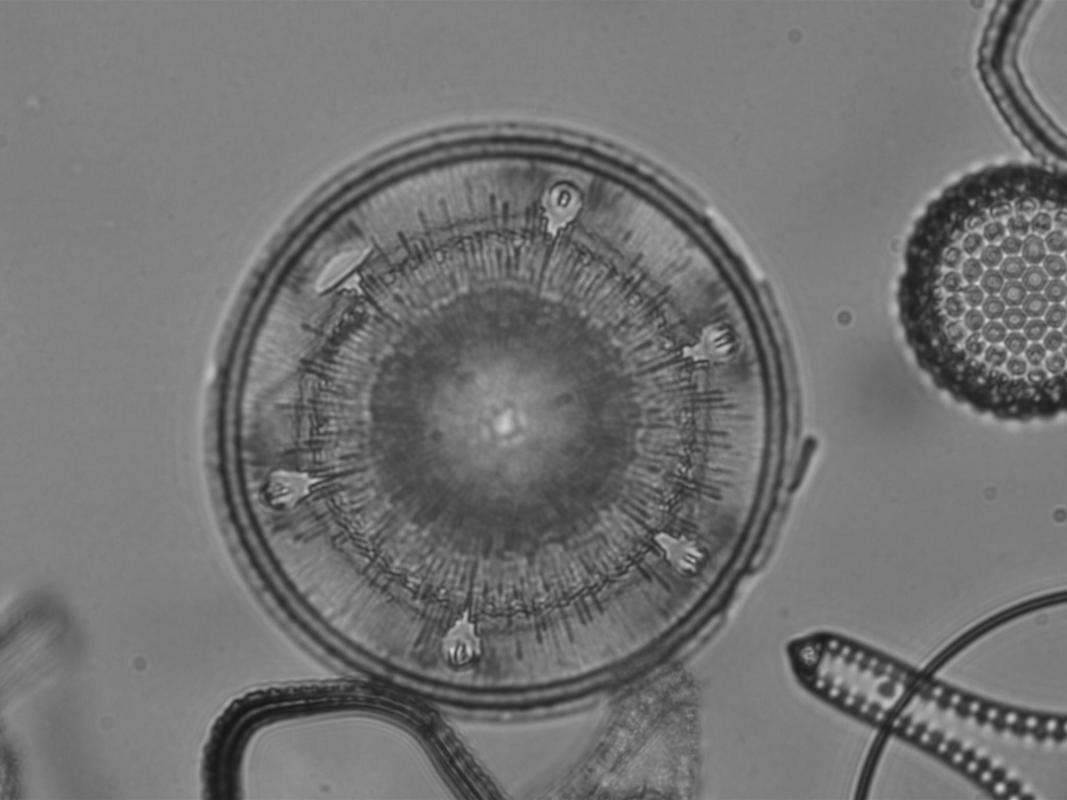We use coal power, fly on holiday and eat steak: a real problem for our climate, as the carbon dioxide released in the process has to be drawn out of the atmosphere first. A small but very important helper: the diatom.
"I wanted to know how these microfossils were influenced by the climate and the carbon cycle," says project manager Johan Renaudie. In his project, the micropaleontologist investigated the development of algae in the Cenozoic. Although algae existed 66 million years ago, it was only during this period that their diversity increased.
For his project, Renaudie evaluated data from the last 60 years. The goal: to draw conclusions about the diatom from huge amounts of data. His data are based on the analysis of sediments from the seabed collected over decades. The number of diatoms contained can be determined from the silicon contained. One result is that the algae also displaced radiating animals at that time due to their increasing spread.
Project title
Diatoms, radiolarians and the Cenozoic Silicon and Carbon cycles
Duration
01.09.2015 – 31.03.2017
Funding
German Research Foundation (DFG)
